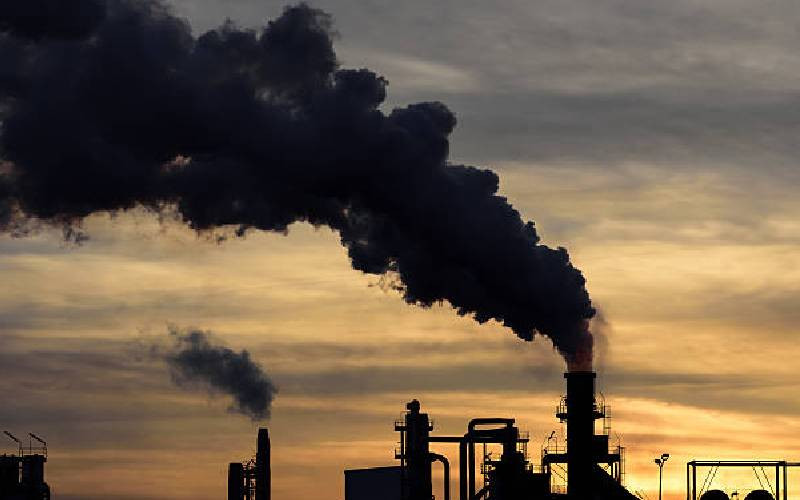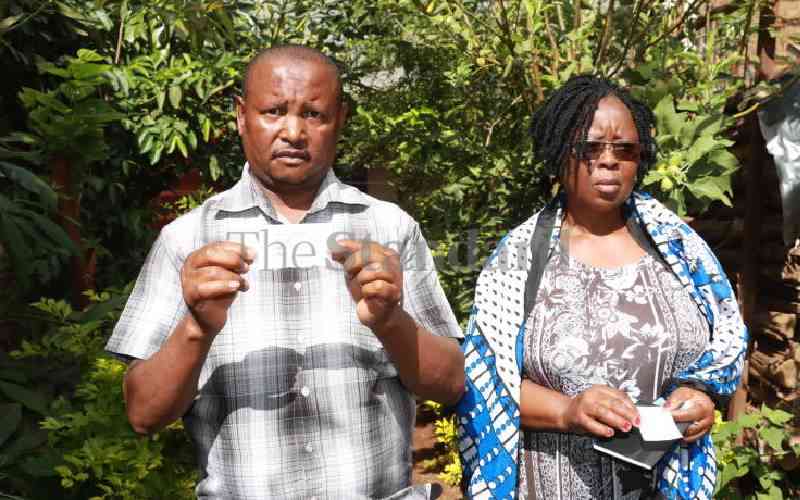
Kenya dominates the growing voluntary carbon market in Africa with forestry and clean energy projects leading the markets.
The 2024 report by Centre for Science and Environment titled Carbon Markets in Africa reveals that the continent’s drive for carbon credits continues to rise despite transparency concerns.
In the forestry and land use sector, Kenya has been issued 2.5 billion credits in the forestry and 26.7 billion in the REDD+ projects.
Carbon markets are systems that price carbon emissions and create economic incentives for governments and businesses to either reduce their own emissions or pay for reductions made by others.
Through this, buyers, including countries, companies or individuals, purchase certificates that represent financial support for activities that reduce carbon emissions, such as growing trees.
These certificates are used by buyers to offset their own emissions.
Kenya’s carbon market landscape is dominated by forestry projects and those in the cookstove distribution industry.
In the cookstove industry, Kenya has the largest share of projects, Uganda ranks second followed closely by Rwanda.
By August 2024, Kenya was among the top ten countries that had the highest forestry and land use carbon credit projects.
Kenya ranked second after DR Congo in Africa and 9th globally. US, Peru, Brazil, Indonesia, Cambodia and Guyana currently dominate the market globally.
Forestry and land use carbon credit projects are designed to sequester carbon dioxide from the atmosphere through changes in land management practices.
Forestry and land-use based projects make up about one-fifth of all projects in the voluntary carbon market.
On the other hand, clean cookstove projects involve partnerships between carbon credit project developers and manufacturers or distributors of energy-efficient cookstoves.
The stoves are provided to communities, often at a subsidised price or sometimes for free.
Stay informed. Subscribe to our newsletter
The idea is that the cookstoves use less fuel and produce fewer emissions compared to traditional stoves, reducing the amount of carbon released into the atmosphere.
Project developers then calculate the amount of carbon emissions avoided by using these cleaner stoves and claim carbon offsets for the reduction.
Kenya currently ranks second after Uganda in cookstove projects in the pipeline.
Cookstove projects in Kenya are among the 86 million carbon credits that had been issued to 380 cookstove-based carbon credit projects in Africa by March 2024.
Although Africa historically has had a minimal presence in the carbon market, there has been a massive increase in the number of upcoming projects in Africa.
The report indicates that by 2024, the region was responsible for about one-fifth of the projects listed in top carbon market registries.
Investment in the projects also went up, making up nearly 17 per cent of the total investment in voluntary carbon projects
The report shows that many investors in the carbon market are heavily investing in the cookstove distribution industry, which is currently thriving with lucrative returns for both developers and investors.
Carbon credits from cookstoves are given a period of five to seven years considering the cookstove’s life.
A cookstove could generate 10-28 carbon credits. Current prices in the market are between Sh900 and 1300 per credit for cookstove projects.
This means Sh9,000-36,000 could be earned per cookstove.
Countries are also in a rush to tap the billions of climate finance through forestry and land use carbon credits by undertaking afforestation projects and avoiding deforestation.
 The Standard Group Plc is a
multi-media organization with investments in media platforms spanning newspaper
print operations, television, radio broadcasting, digital and online services. The
Standard Group is recognized as a leading multi-media house in Kenya with a key
influence in matters of national and international interest.
The Standard Group Plc is a
multi-media organization with investments in media platforms spanning newspaper
print operations, television, radio broadcasting, digital and online services. The
Standard Group is recognized as a leading multi-media house in Kenya with a key
influence in matters of national and international interest.
 The Standard Group Plc is a
multi-media organization with investments in media platforms spanning newspaper
print operations, television, radio broadcasting, digital and online services. The
Standard Group is recognized as a leading multi-media house in Kenya with a key
influence in matters of national and international interest.
The Standard Group Plc is a
multi-media organization with investments in media platforms spanning newspaper
print operations, television, radio broadcasting, digital and online services. The
Standard Group is recognized as a leading multi-media house in Kenya with a key
influence in matters of national and international interest.









